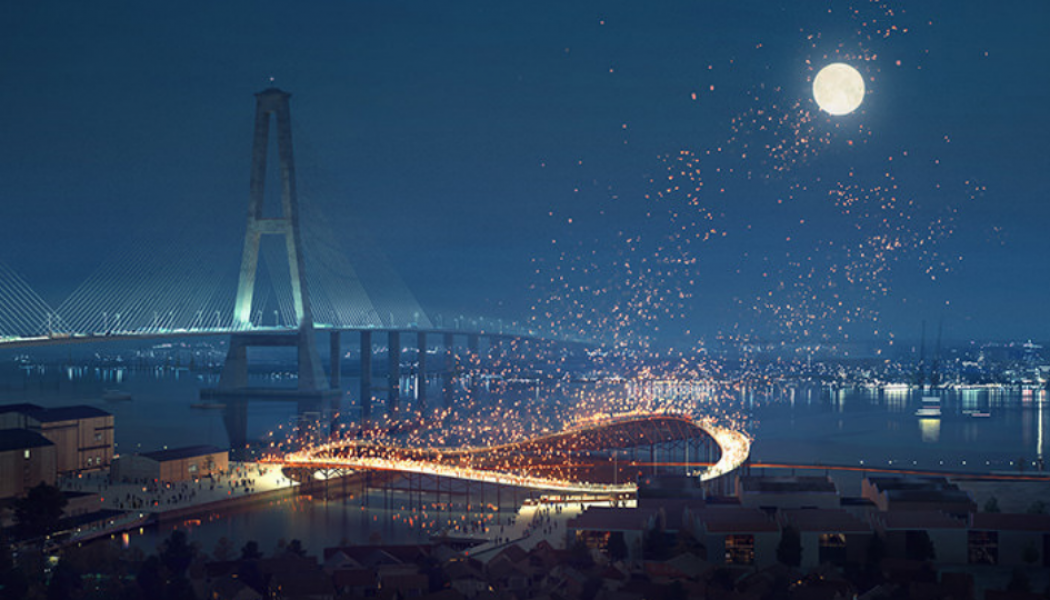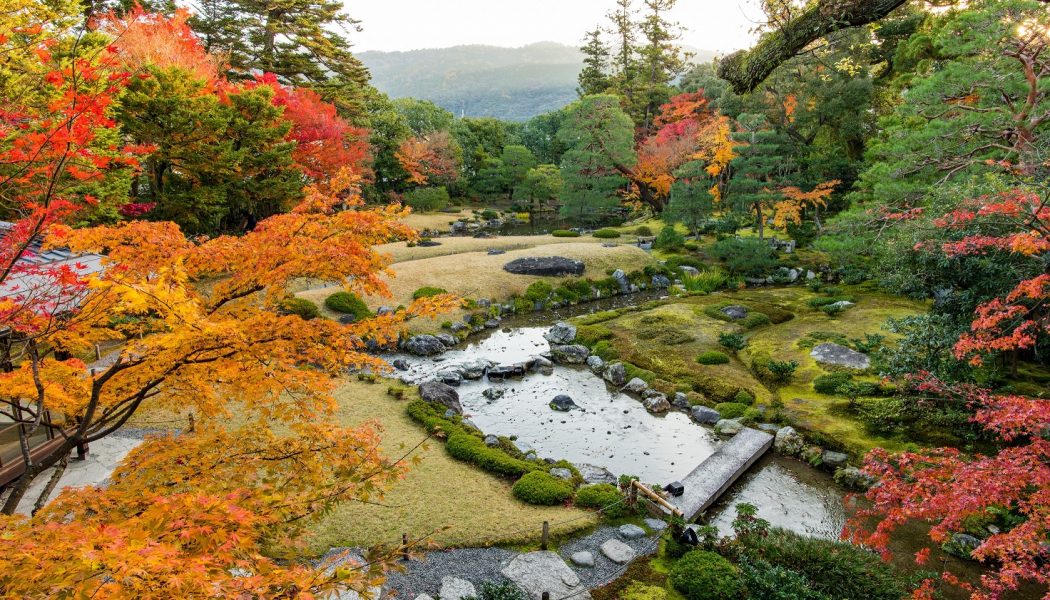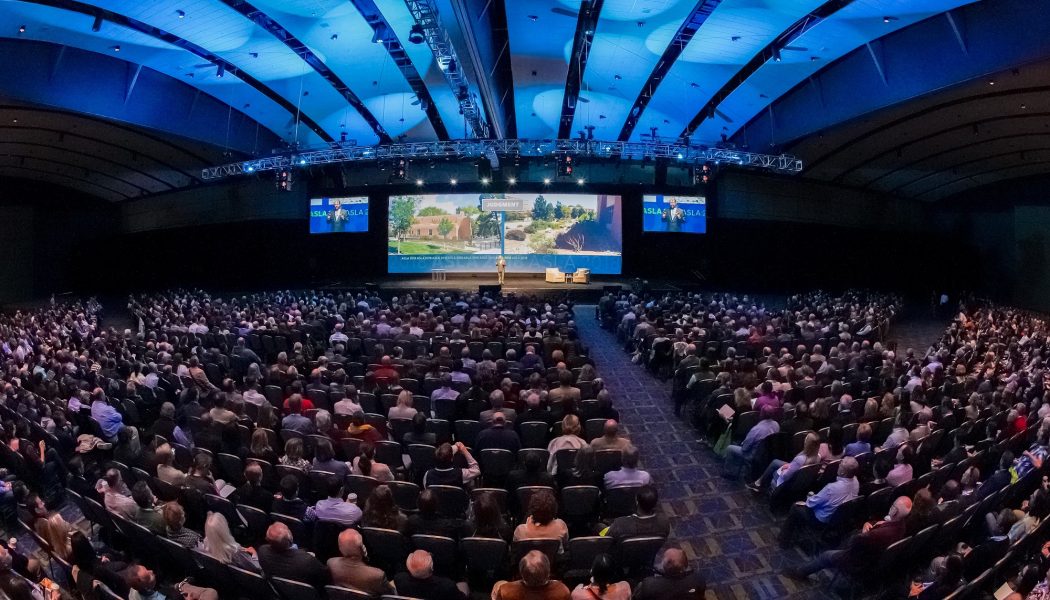Featured
Posts to be featured on the Main Page.
Bangkok Is Sinking and Here Is the Solution
Just as New York has Central Park, Bangkok has just received its lungs of the City – the Chulalongkorn Centenary Park, the first sizeable green infrastructure project, which has been designed for the city to face the inevitable realities of climate change. We teamed up with the landscape architects of the project, Landprocess, to tell this story in an intimately visual way. Through a series of infographics, maps, diagrams and visualisations, we will be demonstrating the seemingly looming climatic uncertainties of Bangkok and the solutions that Chulalongkorn Centenary Park provides to mitigate these issues. How is Bangkok sinking? The inevitable reality feels like a distant fate until we explore the figures. Bangkok is not how it used to be and Figure 1 shows the creeping grey fingers...Read More
Prioritizing Performance Amid Changing Climates
As prominent shapers of our built environment, landscape architects play an outsized role in merging built and natural systems that impact our planetary health — and thus have an obligation to lead the way in reframing the sustainable design dialog around landscape performance. A critical aspect in doing so is shifting the dialog from oftentimes subjective notions of sustainability to a more empirical framework, which is best viewed through the lens of landscape performance. Any conversation about landscape performance must begin with a shared understanding of what exactly it entails. “Landscape performance can be defined as a measure of the effectiveness with which landscape solutions fulfill their intended purpose and contribute to sustainability. No matter how sustainability is defined ...Read More
Frederick Law Olmsted’s 1859 Letter Describing Vision for Central Park
Frederick Law Olmsted is known as the “father of landscape architecture.” His most famous work is his co-design of Central Park in New York City, which was established in 1857. The following letter was written while Olmsted was Superintendent of Central Park and was managing the construction of the open space he designed. The letter requests volunteer participation from a local musician to help draw the public to the city’s most famous green space. In the letter, Olmsted describes his social perception, tremendous commitment to egalitarian ideals, and how these beliefs translate to his obligation to provide managed open space for passive recreation and enjoyment, particularly for those who do not have the means to leave the city environment. Olmsted famously advocated that “com...Read More
How to Start Drawing – Simple First Steps
“I wanted to start drawing again, but I just never seem to find time for it” is a sentence we regularly hear from our colleagues. Obviously, many people would like to draw. Maybe they have fond memories of their student years when they were using sketching for design much more often or hand-drawing might have even been on the curriculum. But we believe that drawing is still a very viable tool for every designer and it’s worth picking up again, even if you haven’t been doing it for years or you want to start from scratch. Why draw? Picking up anything new is always a challenge. One has to have reasons for it and a good amount of motivation. We’ve recently written on Land8 about the motivation for drawing in “3 Reasons Why You Should Start Drawing Now”. Firstly,...Read More
2018 Vectorworks Design Summit Field Report
The 4th annual Vectorworks Design Summit held on November 4-6, 2018 in Arizona convened about six hundred landscape, architecture, lighting, and exhibition design professionals plus Vectorworks staff from North America, the United Kingdom, and beyond. Attendees had a chance to talk shop, network, and yes, party, at the luscious Sheraton at Wild Horse Pass, situated on 50 acres south of Phoenix backing up to the Sonoran Desert National Monument. The venue, which highlights native American culture, features a designed landscape including a 2.5 mile replica of the nearby Gila River (pronounced, “heela”) which serves as the spine along which all buildings and recreational amenities are arranged. Experiencing this landscape, designed by the firm WATG was an added benefit for landscape architect...Read More
An Urban Forest for Shanghai
Global cities are in the midst of an unprecedented shift as more people are choosing to live in urban areas than ever before. More housing, transportation, and public services are needed to support cities’ growing populations, which can have negative impacts on air and water quality, and residents’ access to natural environments. In addition, climate change is creating new realities like urban hot spots and rising sea levels, demanding more creativity out of planners who must make sure urban areas are livable. In response, cities around the world are investing in public green spaces and waterfronts on impressive scales, as easy access to these spaces is becoming a requirement of urban livability. International design studio HASSELL has made this new reality a primary focus, designing...Read More
Fostering the Future
Low-maintenance is a sought-after quality in landscapes — as well as in architecture, vehicles, pets, hairstyles, flooring, the personalities of prospective mates, and pretty much everything else. We use the word maintenance to connote a necessary evil we prefer to minimize, defer, or avoid. We’d all like to have a kitchen floor that doesn’t require waxing or a dog that doesn’t shed, but why must we take a dim view of the idea that a landscape needs our ongoing attention? Consciously or not, we denigrate the idea of the work of upkeep and those who perform it. The landscape architecture community isn’t unaware of the problem that we neglect and deride the idea of maintenance. In fact, many articulate and thoughtful voices in the profession have expressed that it’s time to evolve in h...Read More
Learn, Celebrate, and Connect: A Recap of the ASLA 2018 Annual Meeting and EXPO
Most people reading this article are likely familiar with the ASLA Annual Meeting – after all, it is the world’s largest gathering of landscape architecture professionals and students. And, with over 6,000 attendees at the 2018 Annual Meeting and EXPO in Philadelphia (October 19-22, 2018.), it’s very possible that many of you reading this article were in attendance. However, the U.S. Department of Labor identified in 2016 that there are approximately 24,700 people employed in the landscape architecture profession – and this statistic doesn’t even account for students, international professionals, and those employed in academia and government. That means upwards of 75% of landscape architecture professionals and students are missing out. When I say they are missing out, I don’t just m...Read More
Pocket Parks as Urban Acupuncture
In traditional Chinese medicine, acupuncture refers to the insertion of fine needles into specific parts of the human body with the aim of treating a range of symptoms. In a similar way, urban acupuncture refers to the theory of manipulating the urban fabric on a small scale to affect greater socio-environmental impacts. In this article, we look at how pocket parks might be used as an urban acupuncture tool. Urban acupuncture The phrase ‘urban acupuncture’ was first coined by the Spanish architect and city planner Manuel de Solà, and was later popularised by Finnish architect Marco Casagrande. Key to the theory is understanding the city as a holistic whole, more like a living being than a collection of dissident phenomena. Urban acupuncture theory proposes that problems within the city can...Read More
Element of Chance [Video]
As landscape architects, we often find ourselves trying to tame nature into a designed form. What if, instead of working against natural systems, we invited them into our work, allowing our built work to be shaped by nature? What if, instead of considering our projects to be “complete” the day they are installed, we allow our projects to be more experimental? During the Land8x8 Lightning Talks in Seattle, Dorothy Faris, Principal at Mithun, pondered these type of questions – instead of working against nature, shaping it to a form of our own design, perhaps we should let nature take part in the design process. With a background in ceramics and art history, Faris was attracted to landscape architecture as an art form – one that sculpts the land and forms our built environment. Similar to an ...Read More


























